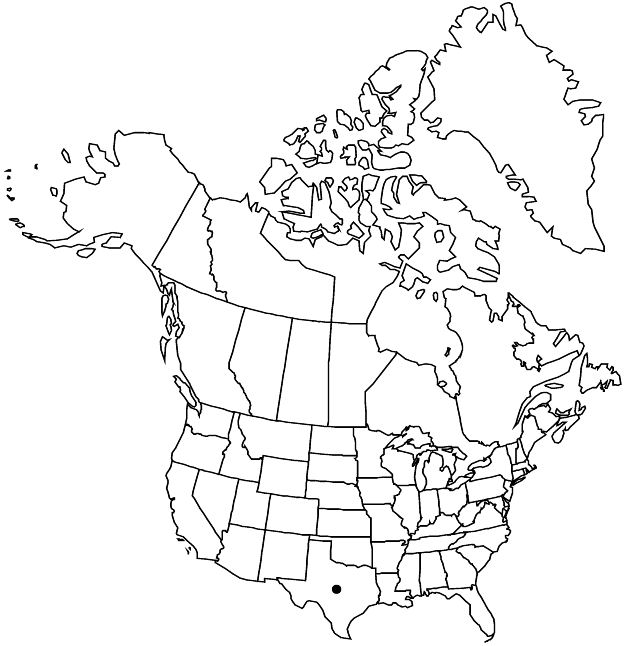Euphorbia wrightii
Pacif. Railr. Rep. 2(4): 174. 1857.
Herbs, perennial with cylindric rootstock or elongated tubers. Stems erect, branched, densely clumped, previous year’s dead stems often persistent, 20–50 cm, glabrous. Leaves alternate, persisting, spreading or ascending; stipules 0.1–0.3 mm; petiole absent; blade linear to linear-filiform, (17–) 20–40 × 1–2.5 mm, base cuneate, slightly sheathing stem, margins entire, apex broadly acute to rounded, abaxial surface glabrous or sparsely villous, adaxial surface glabrous; venation obscure, only midvein conspicuous on wider leaves. Cyathia usually in terminal dichasia, rarely pleiochasia; peduncle (3–) 5–15 mm, all peduncles and cyathia persistent on plant, glabrous. Involucre campanulate, 1.5–2 × 1.8–2.5 mm, pilose; glands 5, green, broadly elliptic, 0.7–0.8 × 1 mm; appendages white to pink, orbiculate, 0.5–1 × 1.3–1.8 mm, coarsely erose. Staminate flowers 20–25. Pistillate flowers: ovary strigose to tomentose; styles 1 mm, 2-fid at apex. Capsules depressed-globose, 1 locule usually aborting, 2.5 (–3) × 2.7–3.3 (–5) mm, sparsely tomentose; columella 2.6–3 mm. Seeds gray-green to gray-brown, globose-ovoid, 2.2–2.9 × 1.8–2 mm, shallowly and obscurely pitted; caruncle absent.
Phenology: Flowering and fruiting spring–fall.
Habitat: Open grasslands and uplands, often on limestone outcrops.
Elevation: 500–1000 m.
Distribution

Tex., Mexico (Coahuila)
Discussion
Within the flora area, Euphorbia wrightii is endemic to the western Edwards Plateau and adjacent rolling plains in western Texas.
Selected References
None.
Lower Taxa
"connate" is not a number. "distinct" is not a number."connate" is not a number. "distinct" is not a number."elongated" is not a number.